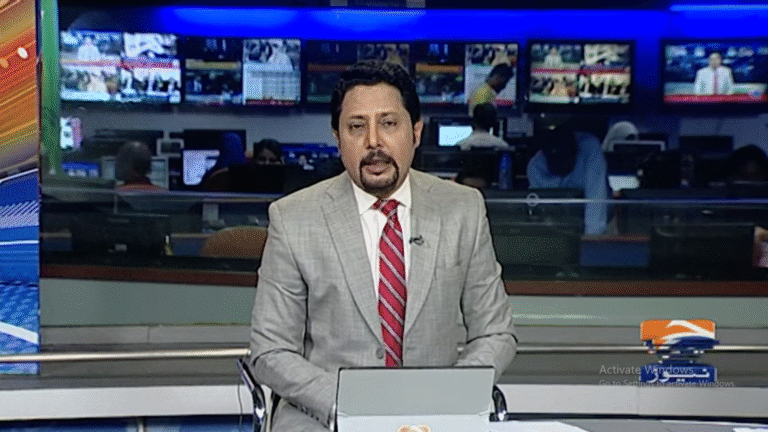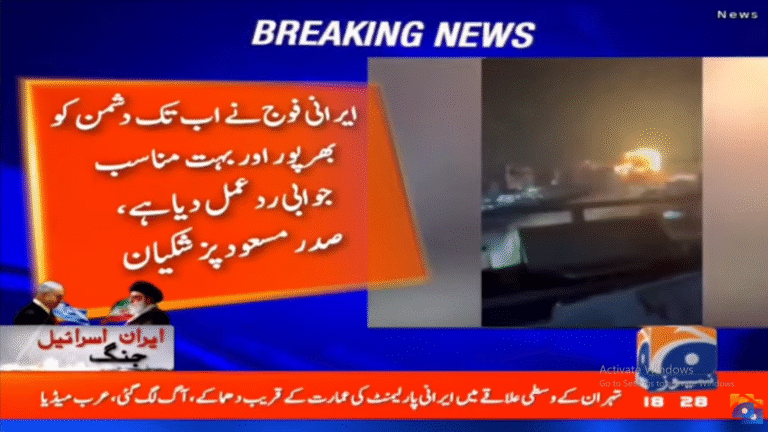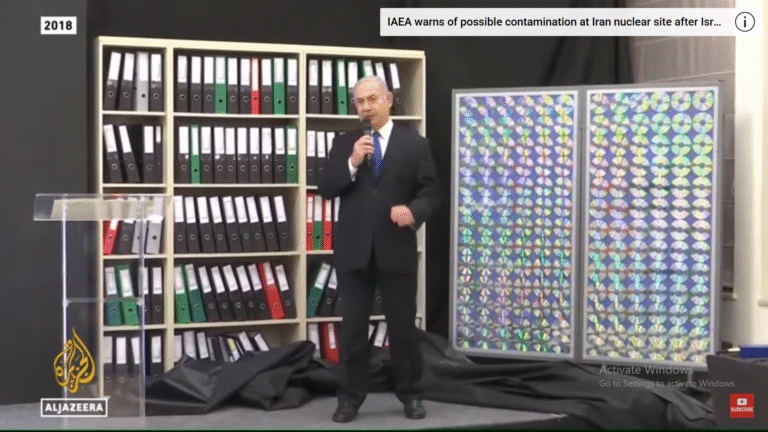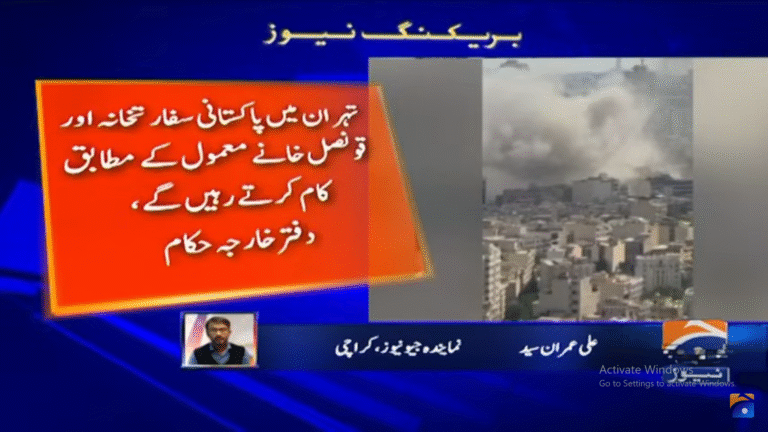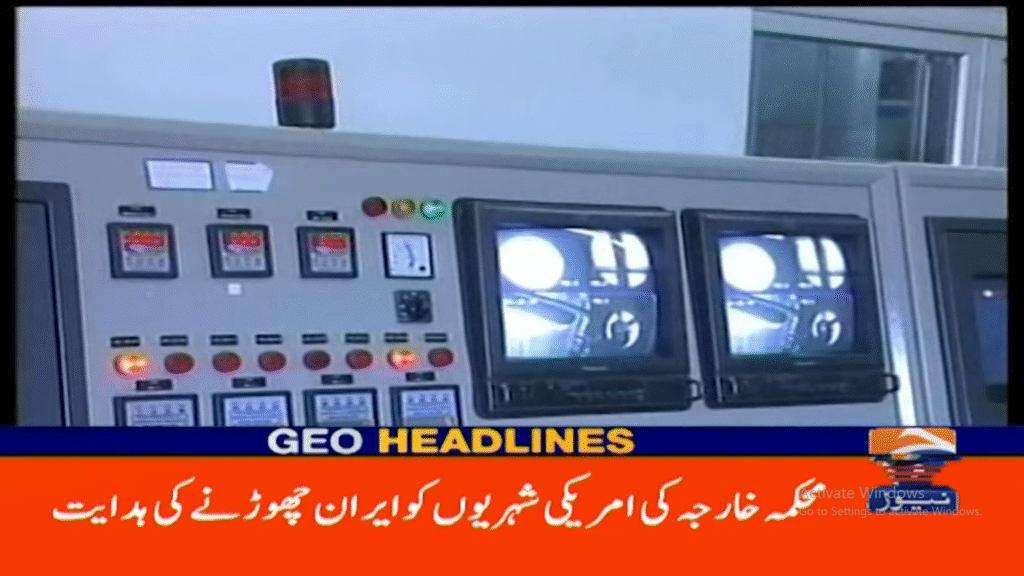
Iran Activates Air Defence System Amid Rising Tensions
In a significant move, Iran activates its air defence system following a surge in regional tension, according to Geo News’ 9AM Headlines on June 17, 2025. The activation comes amid growing fears of potential military confrontations, particularly involving Israel and U.S. forces operating in the Middle East.
This development raises questions about Iran’s strategic intentions and the potential escalation of already fragile regional dynamics.
What Triggered the Activation?
While Iran has not confirmed a direct threat, officials cited “heightened security concerns” near strategic locations including Tehran, Isfahan, and nuclear sites like Natanz. These areas are often considered high-value targets by Iran’s adversaries.
Moreover, recent Israeli air drills and U.S. naval deployments in the Persian Gulf may have prompted Tehran to raise its defence posture. The move suggests that Iran is preparing for potential preemptive strikes or surprise attacks.
How Iran’s Air Defence System Works
Iran’s air defence network has evolved significantly over the past decade. Today, it includes a mix of:
- Bavar-373 (Iran’s version of Russia’s S-300)
- Khordad-15 missile systems
- Mersad and Raad mid-range systems
- Radar arrays with advanced tracking capability
These systems are designed to detect, track, and neutralize incoming aircraft, drones, or ballistic threats. As a result, activating these defences signals a readiness to respond swiftly to aerial threats.
Regional Reaction and Military Implications
The move has sparked international concern. While Iran insists the activation is defensive, neighboring countries view it as a warning sign of possible military escalation.
Additionally, the U.S. military’s Central Command (CENTCOM) is closely monitoring the situation. A spokesperson warned that “any miscalculation could lead to unintended conflict.” Meanwhile, Israel remains on high alert, and Saudi Arabia has reportedly stepped up its intelligence coordination.
Diplomatic Ripples and Global Concerns
Beyond the battlefield, Iran’s decision to activate its air defence system has diplomatic consequences. Ongoing negotiations over nuclear enrichment and sanctions relief could be further complicated by these developments.
Furthermore, global oil markets are reacting cautiously, with Brent crude seeing a slight spike due to fears of instability in the Strait of Hormuz—a key route for global energy supply.
What’s Next?
Iran’s decision could be part of a broader deterrence strategy. However, analysts warn that this show of military readiness could escalate into real conflict if not managed carefully.
For now, all eyes remain on Tehran, Washington, and Tel Aviv, as the international community urges de-escalation and dialogue over confrontation.
Conclusion
The fact that Iran activates its air defence system amid mounting regional tensions is a reminder of how quickly situations in the Middle East can shift. While the move is officially defensive, it underlines the volatility of current geopolitics. In this high-stakes environment, restraint, diplomacy, and real-time monitoring are more critical than ever.
